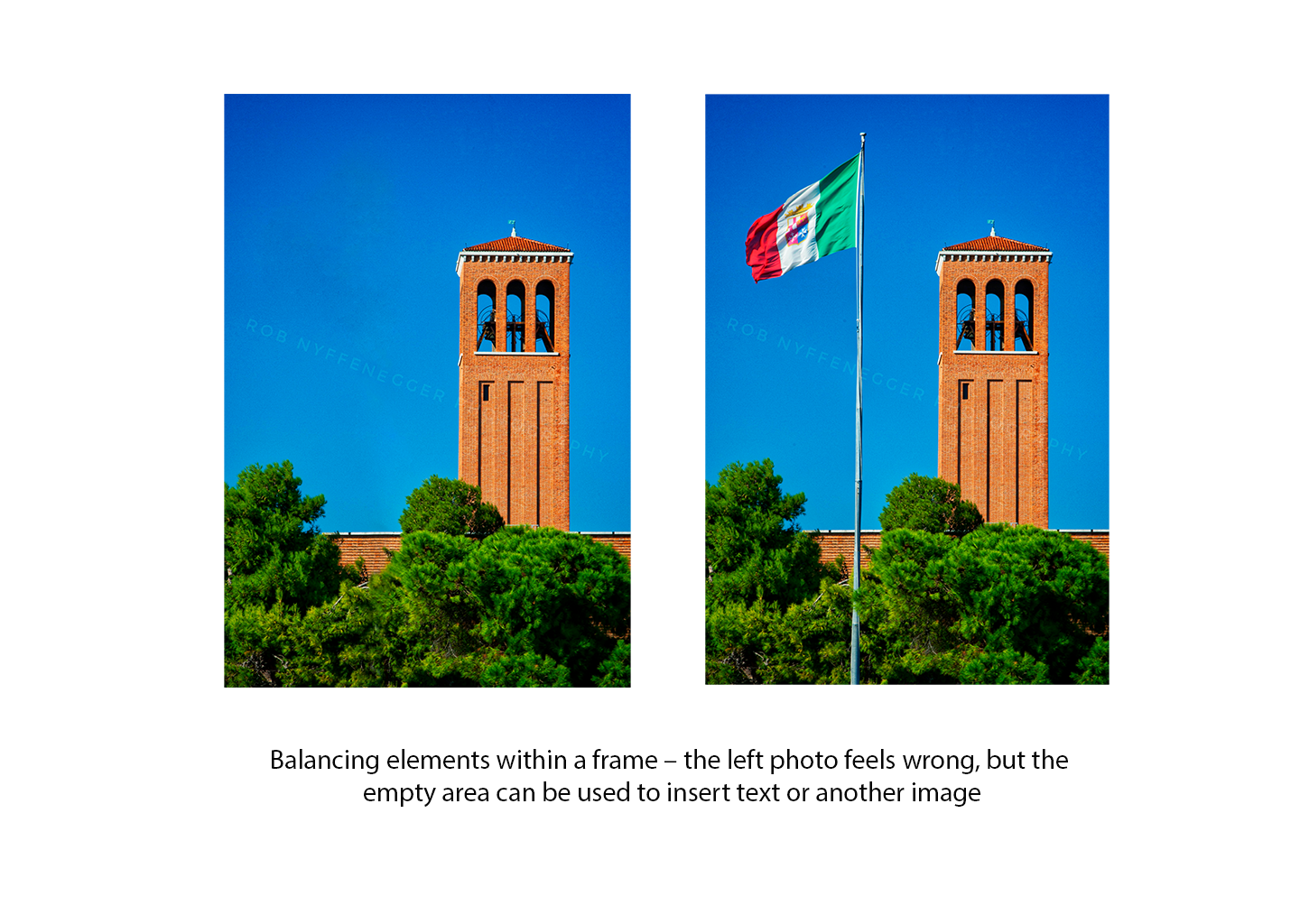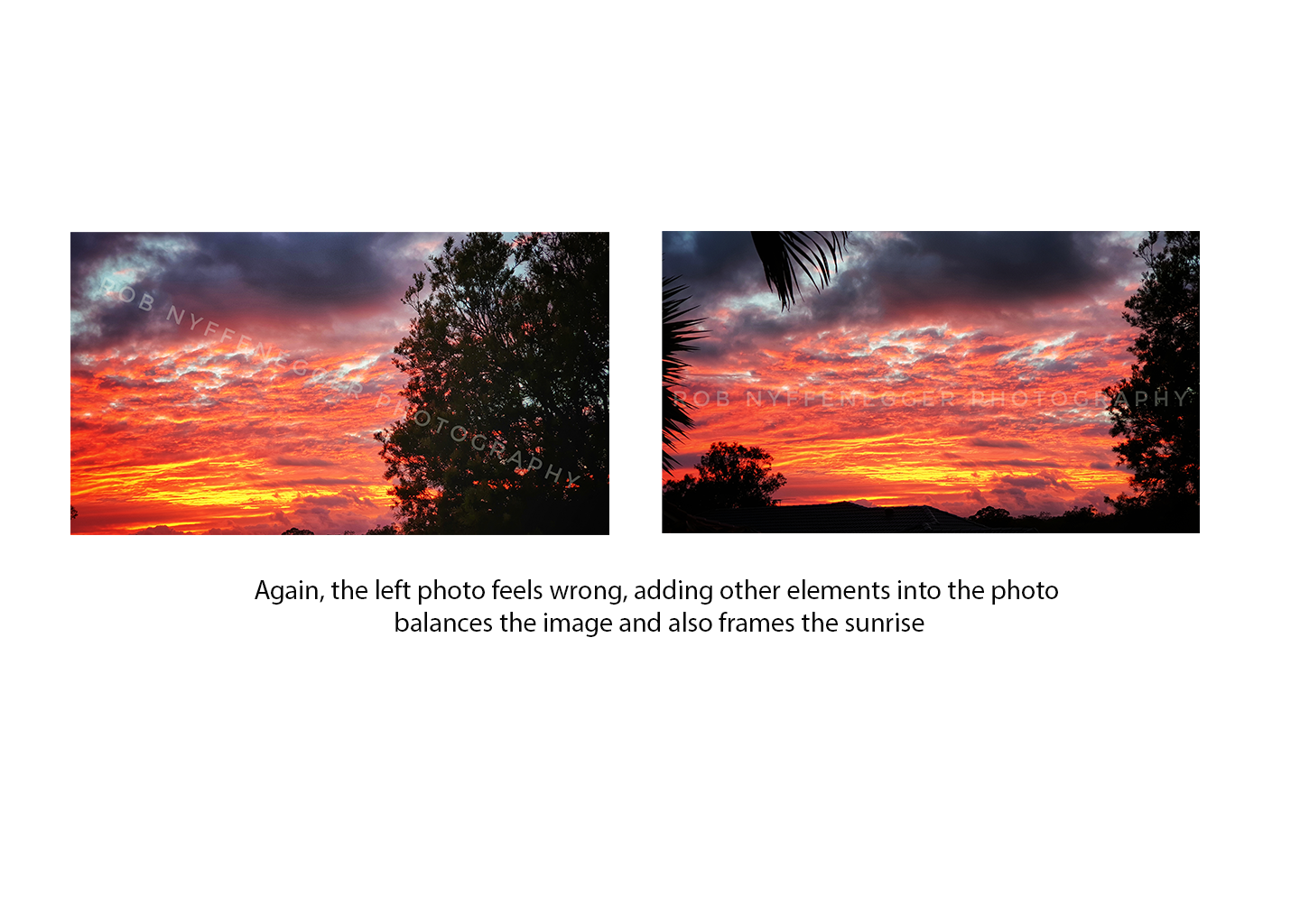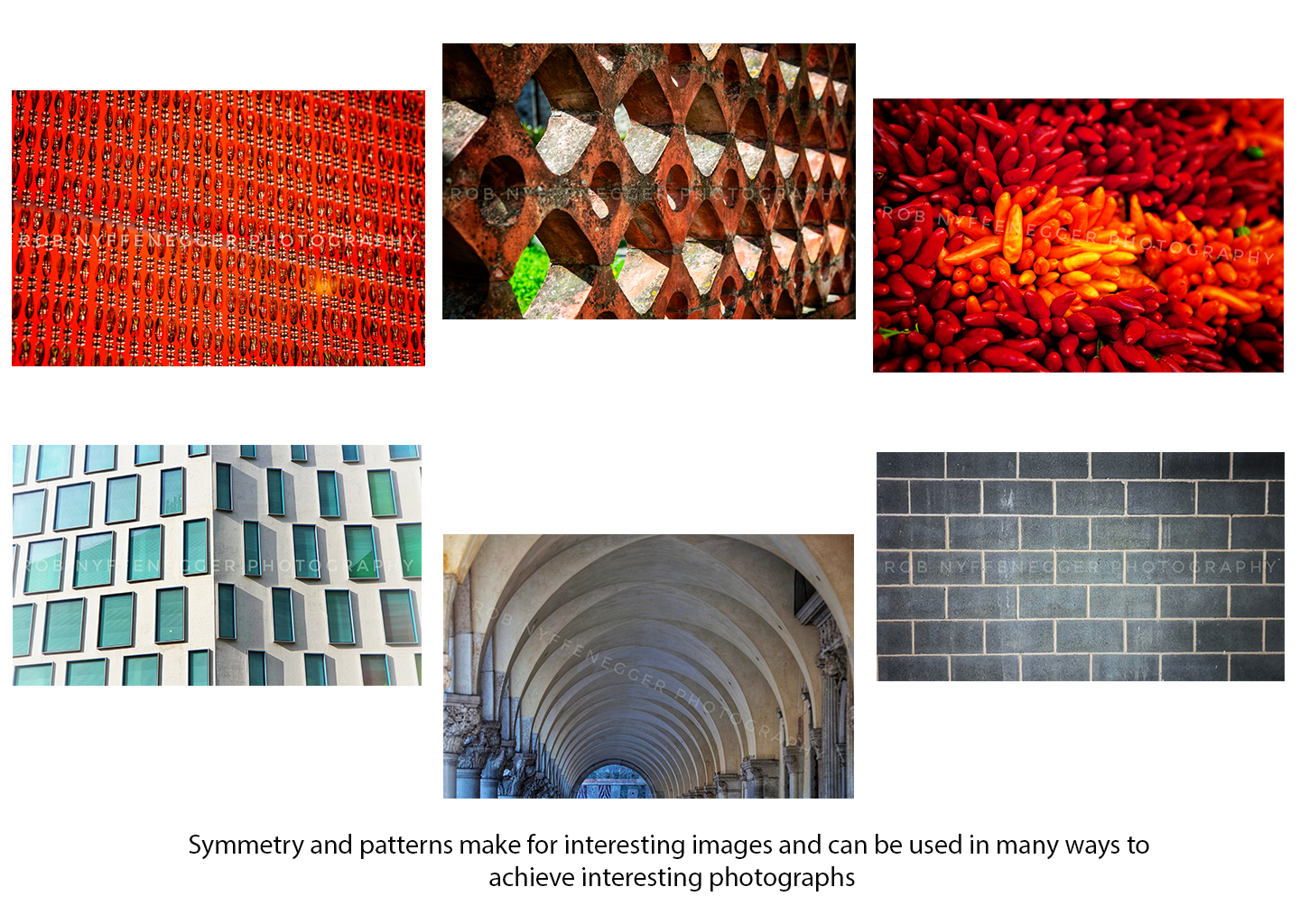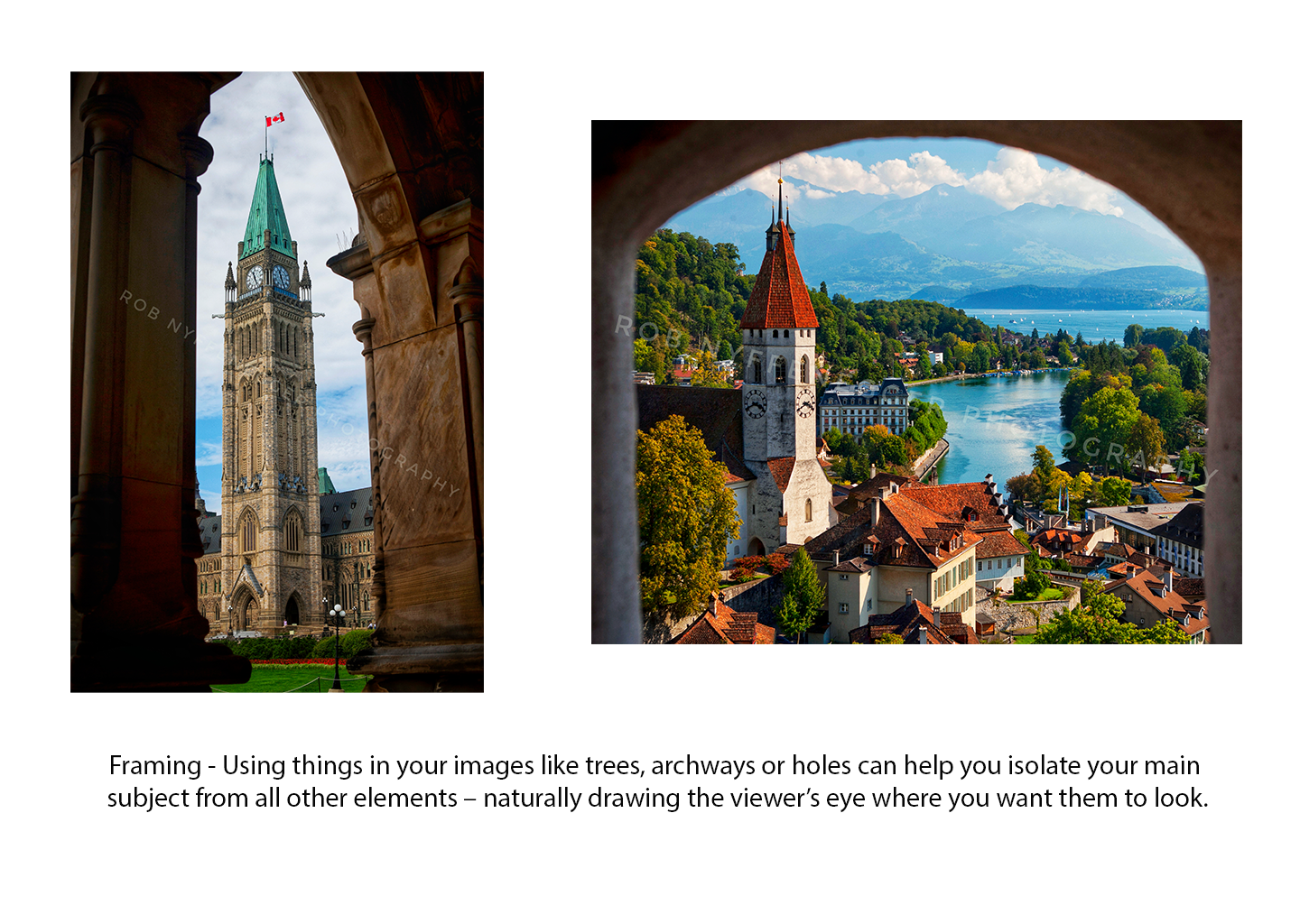Episode 3 – Rules of Photography
This segment will cover basic photographic practices and techniques to give a few pointers folks may find useful. I will concentrate more on the photo journalism side of things in this episode rather than open up a can of worms by going into specific photography.
Ground rules
Understanding the basic rules of photography gives you a springboard from which to take successful images. These same ground rules apply to both video and stills. Once you know these rules and can apply them in your work, you’ll be capturing more appealing images.
Scrap Booking?
An easy way of starting to learn why photos work is to do some scrap booking for yourself. Buy a blank A4 or A3 scrap book and start looking through your favourite printed magazines or newspapers and cutting out photos that catch your eye. Glue them into your scrap book and write down why you like the image. What technique did the photographer use to capture the image. What in particular caught your eye? Why do you like or hate the image you chose? Which photographic rule or rules does the image use? Was natural or flash illumination featured in the image?
Composition
- Is placement or arrangement of visual elements in a photograph, which makes the image more pleasing to the eye.
- Good composition draws your audience to your images making you messages more effective.
- Rules of
composition are:
- Fill the frame
- Rule of thirds
- Strong points
- Balancing elements
- Leading lines
- Symmetry and patterns (repetition)
- Viewpoint
- Background
- Depth
- Framing
- Cropping, and
- Experimentation
Fill the Frame – make your subject fill the frame! By not leaving unnecessary empty space around your photo, you are capturing much stronger images, making them the undoubted subject of the photograph. Sometimes you want some empty space for inserts or text.

Rule of thirds – Dividing your viewfinder equally into thirds both horizontally and vertically gives you the means of balancing out your photos into visually appealing proportions.

Strong points – These are the intersecting points of the rule of thirds lines, making four strong points in an image. Simply a guide for placing your subject within the frame or positioning horizons.
Balancing elements – Placing your main subject with thought given to the rule of thirds and strong points can mean having a large area within the frame empty and detract from the overall image. Try to balance the weight of an image by placing a less important object into the frame.


Leading lines – Using lines within your photographs will help lead your viewer “through” your image making it more appealing and enhancing the overall photo. There are many different line types – straight, diagonal, curvy, zig zag, radial. Think of roads, tracks, railway lines as examples of leading lines.

Symmetry and patterns – Patterns and symmetry are appealing to viewers. They make interesting patterns and can be used as a background for a main subject, can be the main subject, or help in drawing attention to your subject by making it standing out from the otherwise uniform pattern or symmetry of your image.

Viewpoint – Take time to look at your subject and think about the best or most interesting angle to shoot it from. Everyone sees things from the 5’6” height, try shooting from high up, the side, low or ground level, from far away etc. Be creative and mix things up. Set yourself challenges to keep things interesting for yourself and your audience.


Background – Avoid distracting backgrounds – things that will detract from your main subject. You can also lose your subject in the background if it is too busy and you don’t separate your subject from it. A plain background is one way of ensuring your subject stands out. Also, be aware of what is behind your subject so that you don’t have trees, poles, wires etc. going through someone’s head or in other ways detracting from your image.

Depth – Create depth in a photo by including objects in the foreground, middle ground and background. You can partially obscure one object with another – the human eye is able to differentiate between the areas and mentally separates these regions creating an image with more depth.

Framing – Using things in your images like trees, archways or holes can help you isolate your main subject from all other elements – naturally drawing the viewer’s eye where you want them to look.

Cropping – Otherwise known as optical extraction, is akin to filling the frame but with more emphasis on making sure things that are not beneficial to the visual story, are left out of the photograph. If it serves no purpose in your design or is simply a distraction from the main subject, crop it out – preferably in camera!

Experimenting – Now that you know the rules, experiment. Use them, mix them up and try different things. Don’t be shy. You have the guidelines now and need to develop your understanding of their uses. By trying things out you’ll see what you like.



Remember Foto PhreakZ – get out there, get Phreaky and get to know the rules of photography. How they can be used to make your images more appealing and effective in getting your visual message across. Sometimes, the rules were meant to be broken! Happy shooting!